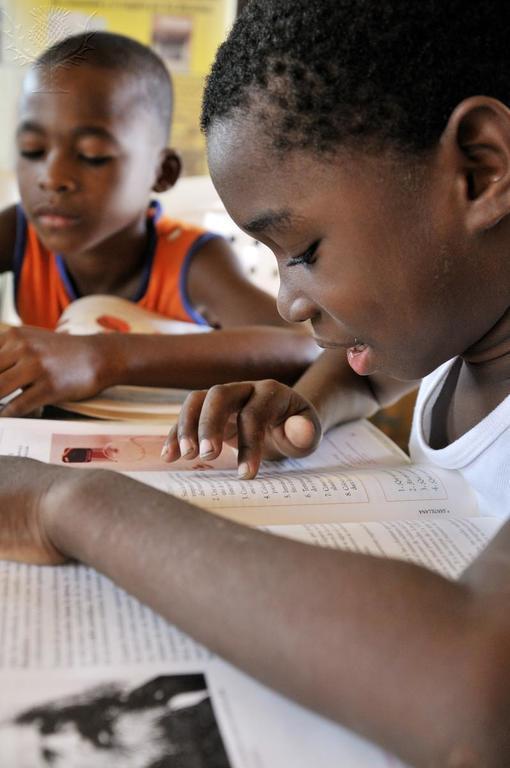
Close reading is a focused journey of meticulous examination and interpretation. By zooming in on specific passages, we unearth deeper meanings and insights, enriching our understanding of complex texts.
Iowa Core Teaching Standards emphasize close reading as a critical skill, particularly in Anchor Standard 1: “Read closely to determine what the text says explicitly and to make logical inferences from it.” This standard becomes progressively more challenging from elementary to high school.
Here’s a structured approach to tackle close reading:
- Choose a complex text: short texts, excerpts, or passages worth digging into.
- Initial Comprehension: Engage with the text to grasp its basic premise and overarching themes.
- Annotation: Highlight and note pivotal words, phrases, or sentences that seem to hold significant meaning or pose questions.
- Questioning: Formulate questions regarding the author’s intent, the choice of vocabulary, and thematic elements.
- Analysis: Dive deeper into the text, exploring symbolic meanings, metaphors, and any elements that require inferential comprehension.
- Discussion: Engage in dialogue with peers or mentors to gain alternative perspectives and insights into the text.
- Reflection: Contemplate the meanings unearthed, the emotions evoked, and the knowledge gained through the close reading process.
Close reading goes beyond mere mechanics. It’s a transformative journey that fuels deeper engagement, encouraging us to delve beneath the surface of any text, regardless of its content. This process equips us with the tools to interpret complex writings and navigate the complexities of our world. Through close reading, we become critical thinkers, empathetic communicators, and thoughtful participants in society.
